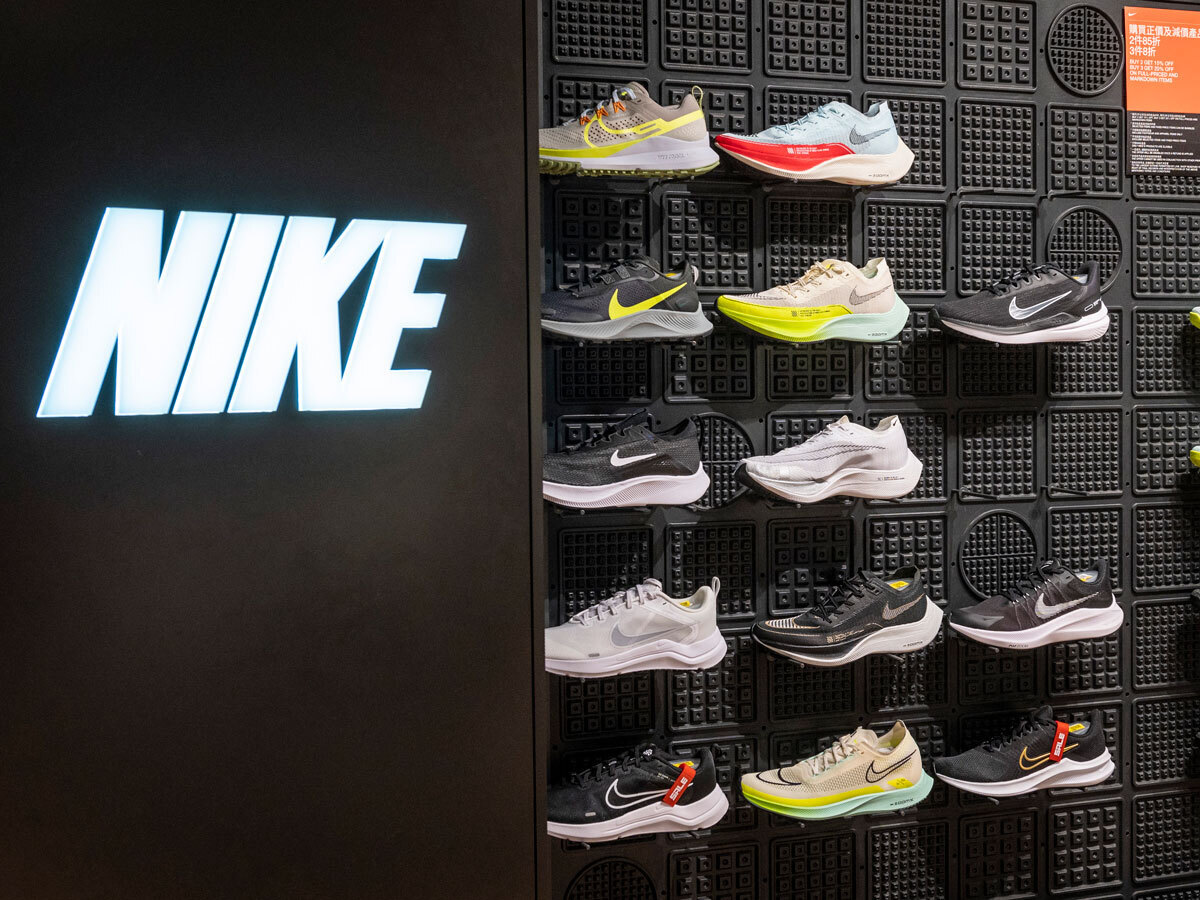
After a choppy session yesterday, European markets have a much more positive vibe today, with retail and other consumer discretionary shares getting a lift on the back of better-than-expected numbers from Nike, which has helped lift the entire sector.
Europe
JD Sports and Sports Direct owner Frasers Group are leading the risers on this positive read, as are the likes of Puma and Adidas in Germany, helped by a sharp rise in US consumer confidence in the afternoon session, which rose to its best level since April.
Carnival shares are also surging on both side of the Atlantic after posting a smaller than expected loss of -$0.85 a share, even as revenues fell short of expectations. Investors appear encouraged by a more optimistic outlook for the upcoming financial year. Carnival says it expects to see Q1 capacity growth of 3.7% and for losses to continue to come down with an expectation that Q1 losses will halve to around $800m.
Housebuilders are also seeing a bit of a delayed reaction to yesterday’s announcement that the UK government has extended its mortgage guarantee programme by one year. The programme offers financial guarantees to lenders so they can provide 95% mortgages on properties worth £600,000, with Persimmon and Taylor Wimpey leading the way.
Basic resources and energy are also acting as a tailwind, with higher oil prices keeping the likes of BP and Shell on the front foot.
US
Having just about closed in the green yesterday, US markets have taken their cues from today’s positive European session, and the reaction to last night’s numbers from Nike and FedEx, opening strongly higher. A strong US consumer confidence number for December has also helped, rising to its best level since April this year, which has helped push yields slightly lower.
Nike’s Q2 earnings has seen the shares open at their highest levels since June after the sportswear brand posted Q2 revenues of $13.32bn, well above expectations of $12.57bn, a rise of 17%, although inventories still grew by 43% to $9.3bn. Under ordinary circumstances this would be a bit of a red flag, given that it places downward pressure on margins, however it is still down from where they were in Q1, and at a marginal drag on those margins, which fell to 42.9%. Direct sales were up 16% while sales in China fell by 3%, a vast improvement on the 16% decline in Q1.
FedEx are also higher after the logistics company saw Q2 profits beat expectations, despite falling short on revenues. Q2 revenues came in at $22.8bn, while profits came in at $3.18c a share, above forecasts of $2.80c. The outperformance came about due to the company increasing its prices as well as announcing widescale cost reductions back in September. FedEx also said it would be cutting another $1bn in costs on top of the $2.7bn it announced previously. FedEx also reinstated earnings guidance for the full year announcing a new target of between $13 and $14 a share.
FX
The pound has slipped back after November public sector borrowing rose more than expected as rising debt interest costs and higher borrowing due to energy price support boosted the number up to £22bn. The October number, which had been lower than expected when it was released a month ago, came with the caveat that it didn’t include all of the payments for subsidising energy bills and that further revisions were likely in the coming months. Year to date public sector borrowing is £105.4bn, with OBR estimates expected to see £177bn for this fiscal year.
Commodities
Crude oil prices have continued their slow grind higher, after a bigger than expected decline in US inventories suggested that demand is picking up, and that any downside is likely to be limited. This is especially the case given the US will need to replenish its SPR over the course of the next few months so that they are back at a level that is fit for purpose in time for next winter.
Volatility
The Bank of Japan stunned the market somewhat yesterday with news that it would adopt a more hawkish policy stance. That was good news for the beleaguered Yen, which is now trading around 130 to the US Dollar, well down from the 150’s seen a mere two months ago. That in turn has been a provider of significant price action as many market participants are looking towards the Christmas break.
USD/JPY proved to be the most active of the fiat currencies, with one day volatility here coming in at 38.07% against 15.49% on the month, with Euro/Yen not far behind at 25.48% and 12.7% respectively.
The BoJ news also served up something of a shock for the Nikkei Index, which dropped more than 600 points in reaction to the statement. Again, this played out in terms of volatility with a one-day print of 33.83% against 16.26% for the month being recorded. Even some of the country’s largest equities saw significantly elevated levels of price action too, with Sony being notable, dropping back to six-week lows and recording one day vol of 68.08% versus 34.58% on the month.
And looking beyond Japan, Gold and Silver have both been seeing steady gains in recent weeks but Palladium has been bucking that trend, falling by almost a quarter since the summer. Yesterday however the precious metal added as much as 5% in a matter of minutes, driving price action as a result. One day vol came in at 62.4% against 49.76% on the month.
Disclaimer: CMC Markets is an execution-only service provider. The material (whether or not it states any opinions) is for general information purposes only, and does not take into account your personal circumstances or objectives. Nothing in this material is (or should be considered to be) financial, investment or other advice on which reliance should be placed. No opinion given in the material constitutes a recommendation by CMC Markets or the author that any particular investment, security, transaction or investment strategy is suitable for any specific person. The material has not been prepared in accordance with legal requirements designed to promote the independence of investment research. Although we are not specifically prevented from dealing before providing this material, we do not seek to take advantage of the material prior to its dissemination.























